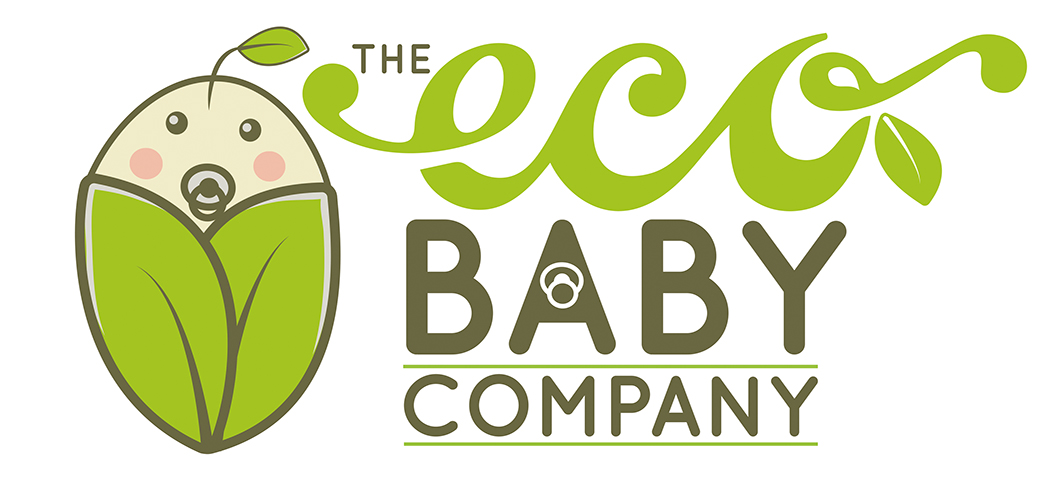YOU MAY ALSO BE INTERESTED IN THE FOLLOWING PRODUCT(S)
New
Pram pegs are a great way to keep the muslin attached to the pram, protecting little one’s when out and about.
R 125.00
New
Pram pegs are a great way to keep the muslin attached to the pram, protecting little one’s when out and about.
R 125.00
A natural line of baby products based on two charming characters
from the storybook “A day at the Park with Meiya & Alvin”. Just as the book is geared towards babies, the toy collection is perfect for babies who are teething and was designed to promote infant development. This is the first collection of toys to combine plush with natural rubber..
from the storybook “A day at the Park with Meiya & Alvin”. Just as the book is geared towards babies, the toy collection is perfect for babies who are teething and was designed to promote infant development. This is the first collection of toys to combine plush with natural rubber..
R 655.00
Alvin the Elephant Teether Toy's all-natural rubber body is ideal for gnawing babies. It provides oral stimulation and soothes irritated gums as your childs first teeth appear.
R 210.00
Sale
-8%
-8%
Light, 100% cotton, open weave fabric allows constant air flow allowing babies temperature to adjust naturally.
R 595.00R 650.00
New
Sale
-8%
-8%
Light, 100% cotton, open weave fabric allows constant air flow allowing babies temperature to adjust naturally.
R 595.00R 650.00
New
Pram pegs are a great way to keep the muslin attached to the pram, protecting little one’s when out and about.
R 125.00
New
Pram pegs are a great way to keep the muslin attached to the pram, protecting little one’s when out and about.
R 125.00
New
Pram pegs are a great way to keep the muslin attached to the pram, protecting little one’s when out and about.
R 125.00
A natural line of baby products based on two charming characters
from the storybook “A day at the Park with Meiya & Alvin”. Just as the book is geared towards babies, the toy collection is perfect for babies who are teething and was designed to promote infant development. This is the first collection of toys to combine plush with natural rubber..
from the storybook “A day at the Park with Meiya & Alvin”. Just as the book is geared towards babies, the toy collection is perfect for babies who are teething and was designed to promote infant development. This is the first collection of toys to combine plush with natural rubber..
R 655.00
Alvin the Elephant Teether Toy's all-natural rubber body is ideal for gnawing babies. It provides oral stimulation and soothes irritated gums as your childs first teeth appear.
R 210.00
Sale
-8%
-8%
Light, 100% cotton, open weave fabric allows constant air flow allowing babies temperature to adjust naturally.
R 595.00R 650.00
New
Sale
-8%
-8%
Light, 100% cotton, open weave fabric allows constant air flow allowing babies temperature to adjust naturally.
R 595.00R 650.00
New
Pram pegs are a great way to keep the muslin attached to the pram, protecting little one’s when out and about.
R 125.00
New
Pram pegs are a great way to keep the muslin attached to the pram, protecting little one’s when out and about.
R 125.00













































































